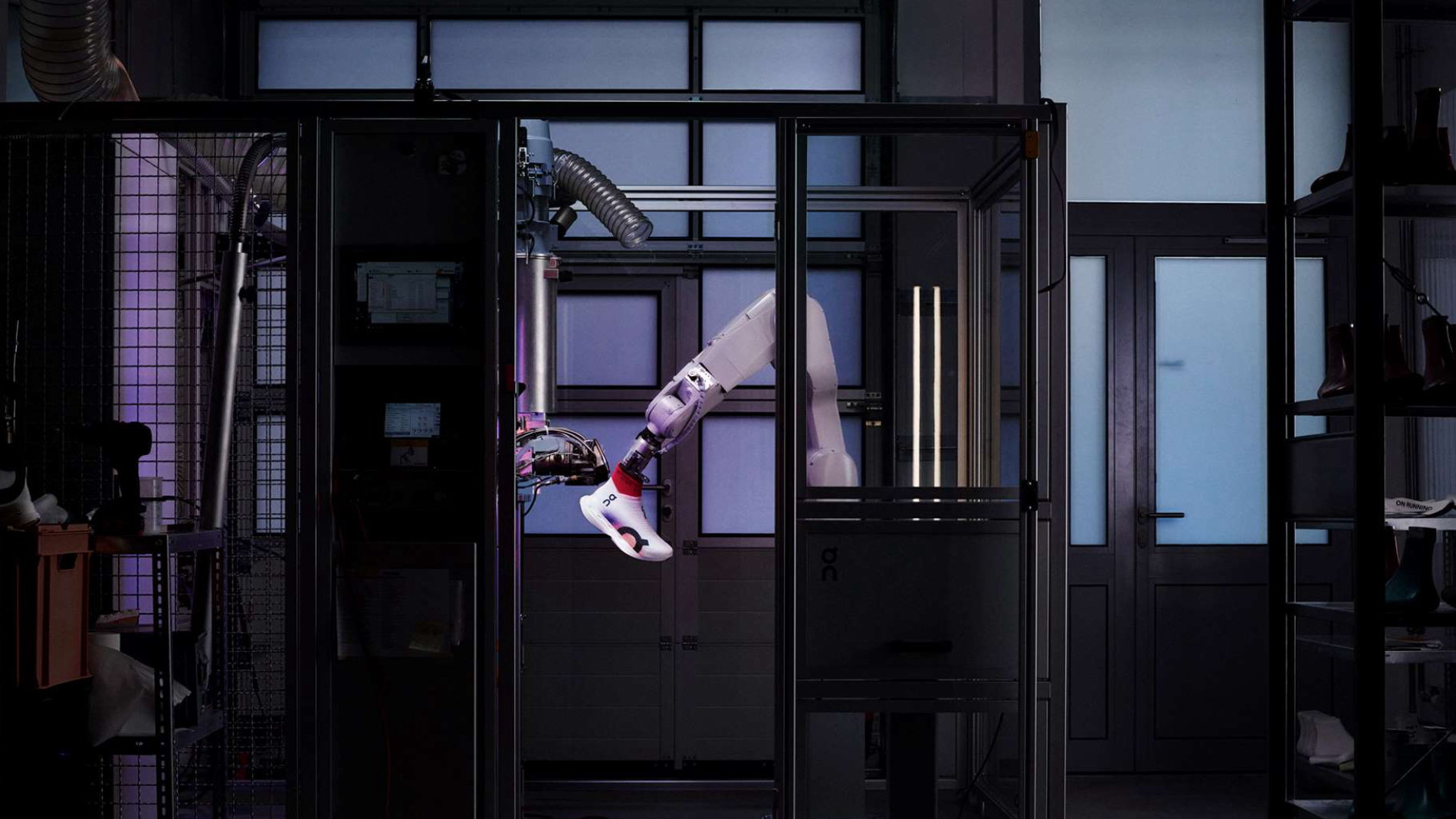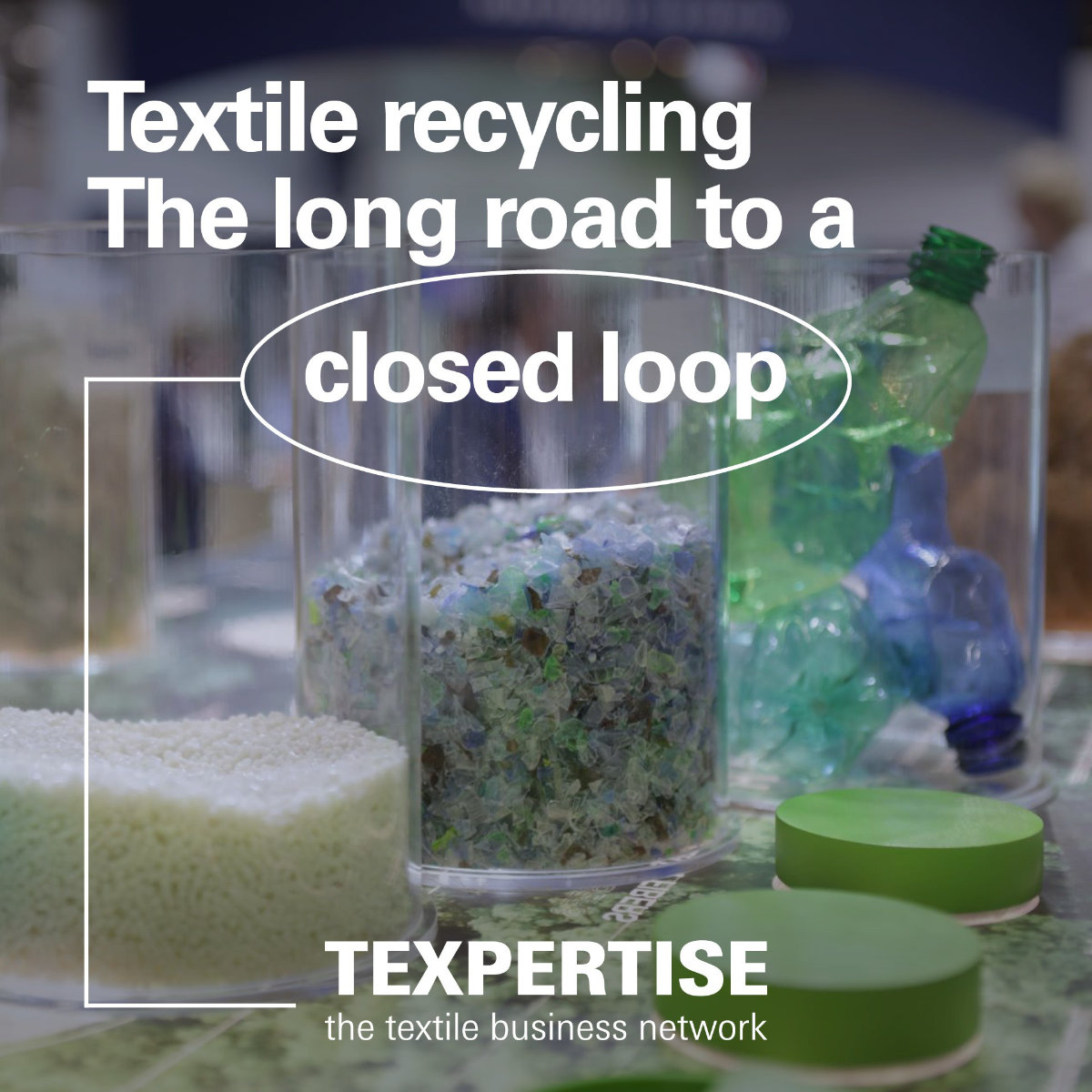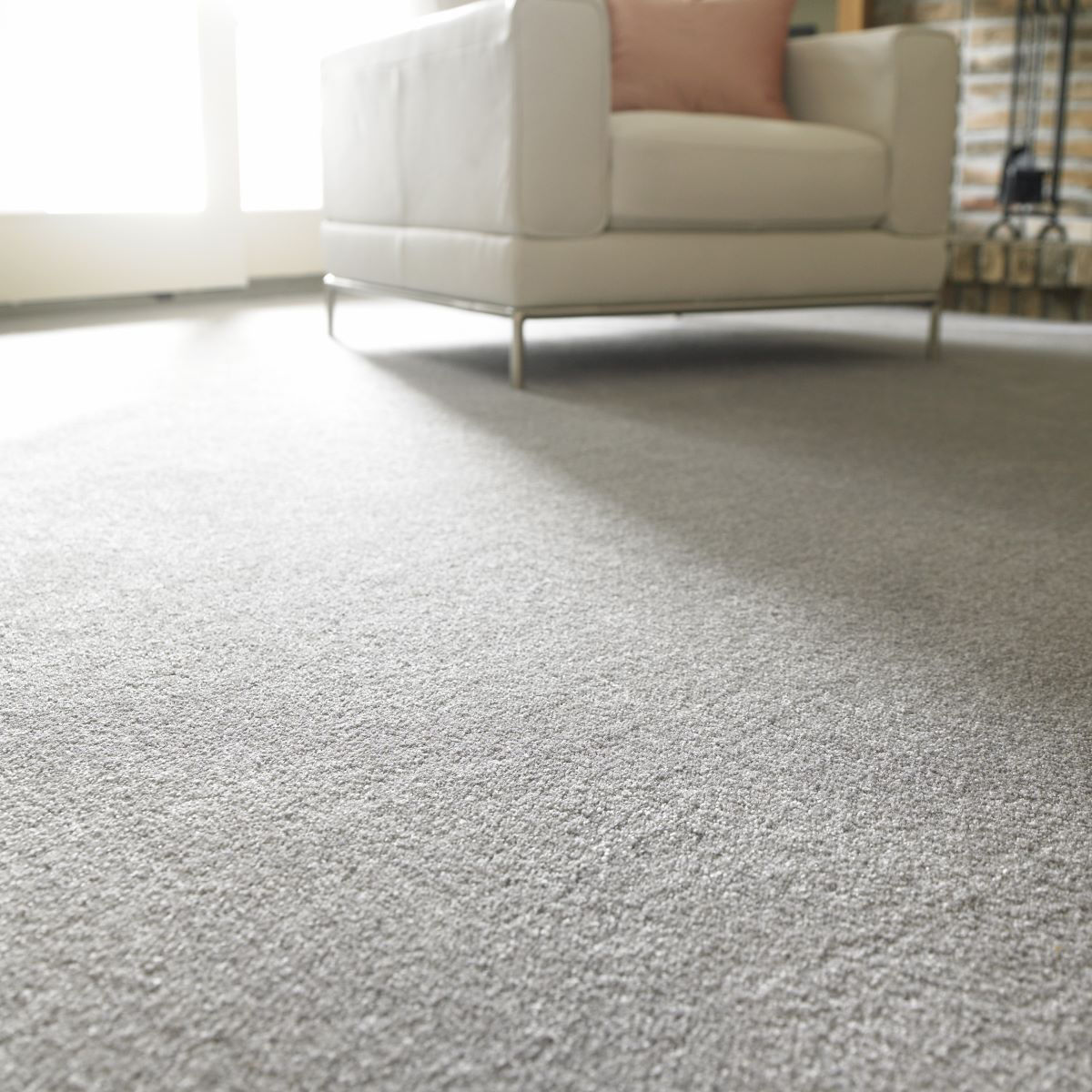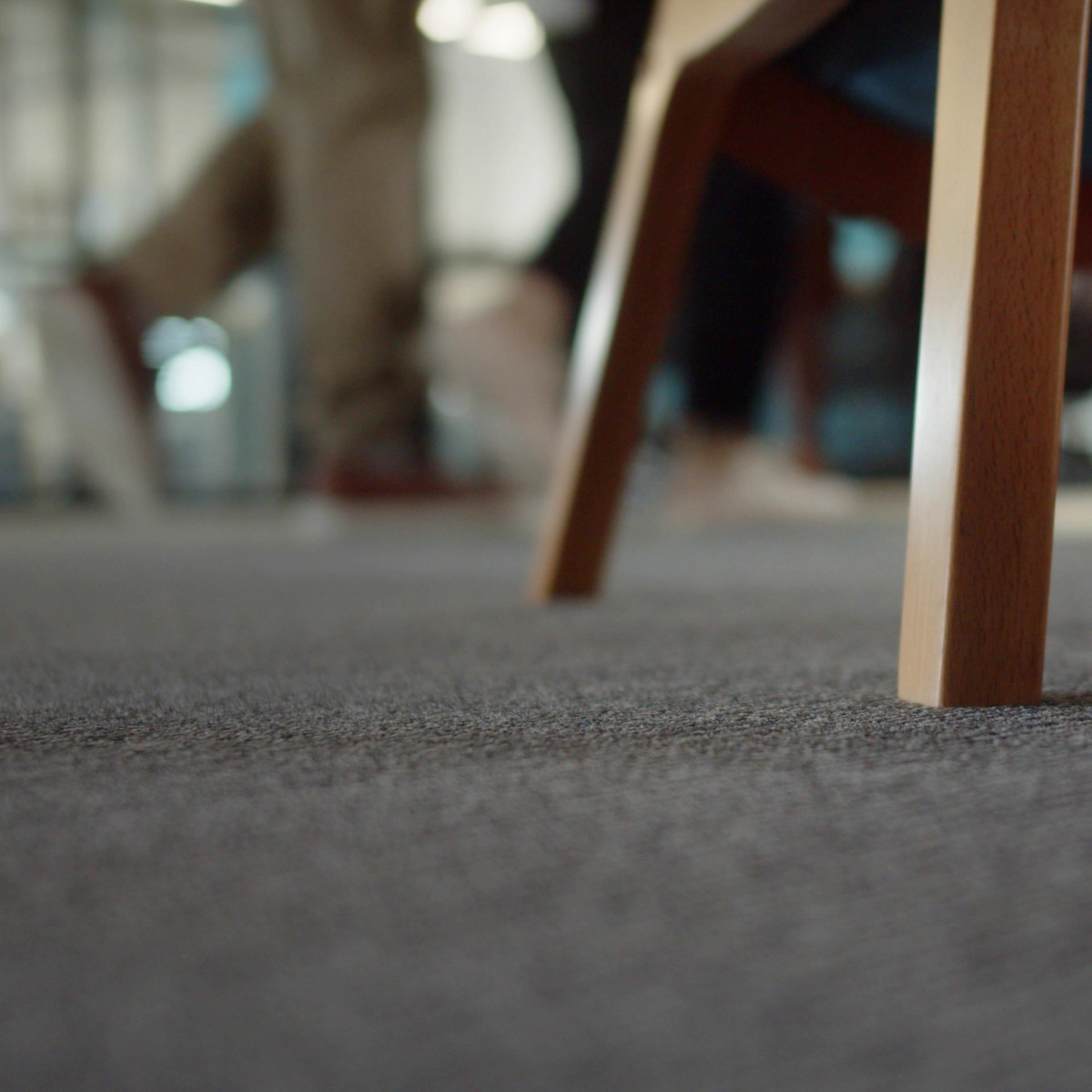Reading time: 3 minutes
The contemporary sports and outdoor industry is one of contradictions. It contains some of the most recognisable brand properties, forward-thinking innovations and seemingly boundless marketing budgets – the recent Parisian Olympics and Paralympics emphasising the case. However, under its shiny veneer, the sector has been struggling. Recent issues at global market leader Nike – conceding market share, restructures and considerable layoffs – show brand power alone has its limits.
Overordered and undersold
While the causes are complex and multifaceted, inventory levels have a considerable part to play. The Covid-19 pandemic created a surge in outdoor participation and at-home workouts, spurring consumer purchasing habits towards sportswear and equipment. As such, brands scrambled to meet demand. Some invested in enhancing their own direct-to-consumer (DTC) channels to fill the void left by brick-and-mortar sales.
However, the pandemic’s emergence set a course for the disruption yet to come. Global societal and travel restrictions ebbed and flowed, making consumer demand predictions difficult. The outdoor sector, facing warmer temperatures or inconsistent snowfall in key markets, suffered shaky seasonal trade. Supply chain disruptions added further complexities, whether caused by factory lockdowns or bottlenecks along major shipping routes. All these factors muddied the waters on forecasting, buying and distribution, resulting in high inventories.
Fast forward to 2024 and conditions aren’t much better. Geopolitical tensions, tough inflationary conditions and continued shipping turbulence have buffeted global markets. In the opening months of the year (2024), the International Monetary Fund (IMF) reported that trade through the Suez Canal dropped by 50% and the Panama Canal by 32% compared with 2023.
Environmental pressures add to the mix
The textile and apparel industry hasn’t been spared. On the ground, rising living costs translate into more price-conscious consumers and discretionary spending cuts – a blow to brands and retailers already relying on discounting to shift stock.
Moreover, against the backdrop of difficult trading conditions, regulation and sustainability concerns add pressure to every link in the supply chain.
Sports and outdoor players – and by association, their value chains – are particularly vulnerable. With their pursuit of performance often conceding the use of harsh chemistries and synthetic fibres, they’re finding their products and production methods under increasing scrutiny.
Circularity spurs innovation
One of the criticisms levied at brands is their use of recycled content derived from non-textile waste: PET plastic bottles and fishing nets have long been a popular source for recycled polyester and nylon, respectively.
However, pressures – whether governmental turns or internal corporate sustainability targets – have emphasised the significance of textile-to-textile (T2T) recycling, which reflects the question of waste management inwards.
To meet circular ambitions and keep materials in the loop, retaining the value of recycling inputs is paramount. Rather than downcycling material, the ambition is to transform old textiles into new monomers, polymers and fibres which can compete with their virgin equivalents.
These lofty ambitions have not deterred innovators. Fabric manufacturers are looking at repurposing and optimising their post-industrial waste, while startups are addressing post-consumer waste with novel chemical or enzymatic recycling solutions. OEMs also have a vital role to play, devising their own recycling lines or assisting the scaling of emerging technologies and waste sorting facilities.
The transition to a commercial reality for said solutions is still a way off. Whether these reclaimed materials can seamlessly drop into existing fibre and yarn production lines is one of the keenest considerations.
Nevertheless, collaborative efforts appear to be making the most ground toward commercialisation. The partnership between Lululemon and Samara Eco is one such example.
A change to business as usual
In an interesting contrast to business as usual, several brands appear to be exploring alternative and on-demand production methods citing performance and sustainability benefits.

Source: On / The manufacturing setup for the Cloudboom Strike LS shoe.
Swiss sportswear company On, which has claimed considerable growth in the sector of late, revealed its Cloudboom Strike LS shoe prior to the Summer Olympics in Paris. Created by the brand’s innovation concept team, the shoe makes use of a distinctive fabrication method whereby a thermoplastic continuous filament is finely sprayed directly onto a last to create an upper. On calls the technology LightSpray™, which is then fused to the sole unit to complete the shoe.
A robotic arm pivots and moves the last as the filament is dispensed, enabling optimal and even coverage. In all, the spray process takes three minutes. After the upper is complete, it’s fused to the sole unit, negating the need for glue. Overall, the brand says its novel production process curbs carbon emissions by 75% compared with its other racing shoes.
The search for new
Even in these tough times, players in the performance sports and outdoor market remain committed to innovation to preserve relevance and remain competitive. For instance, Nike is doubling down on its proprietary Air technology, hoping to reignite interest from consumers.
Overall, as performance and sustainability increasingly share weight with product teams, innovators are looking for ways to make things better with fewer resources and greater longevity. Their demands are paving the way for new fibres, finishes and processes, which will need the full cooperation of the entire value chain to become a commercial reality.
Author: Jessica Basey, WTiN










